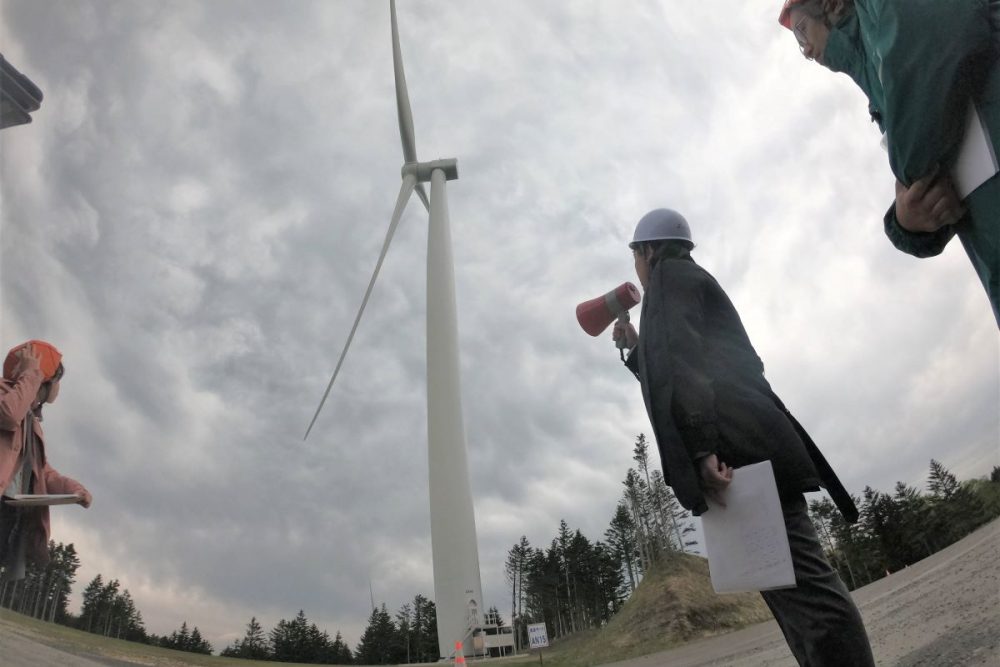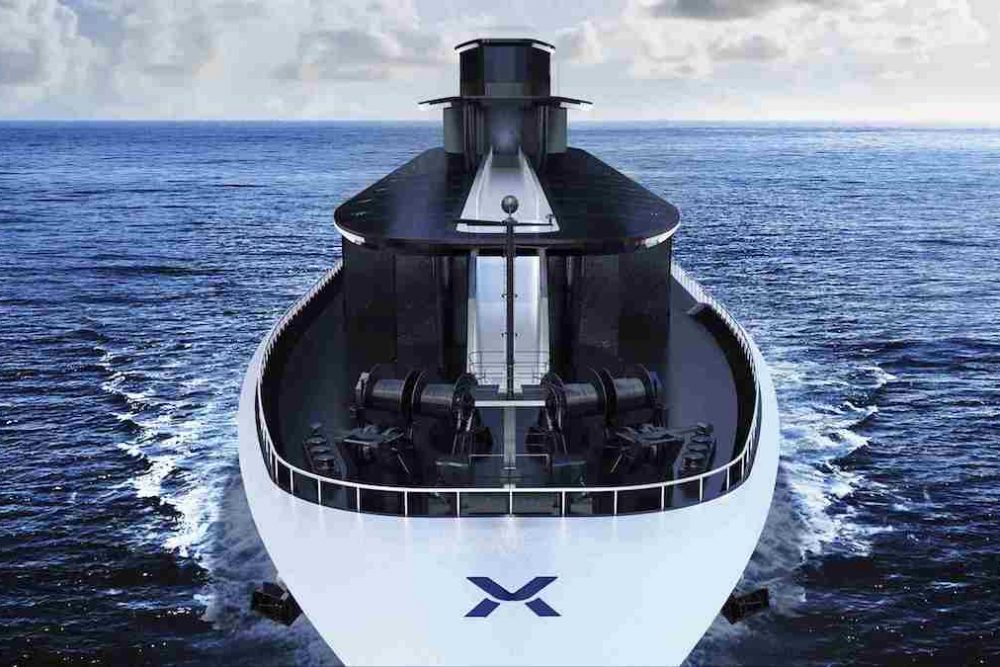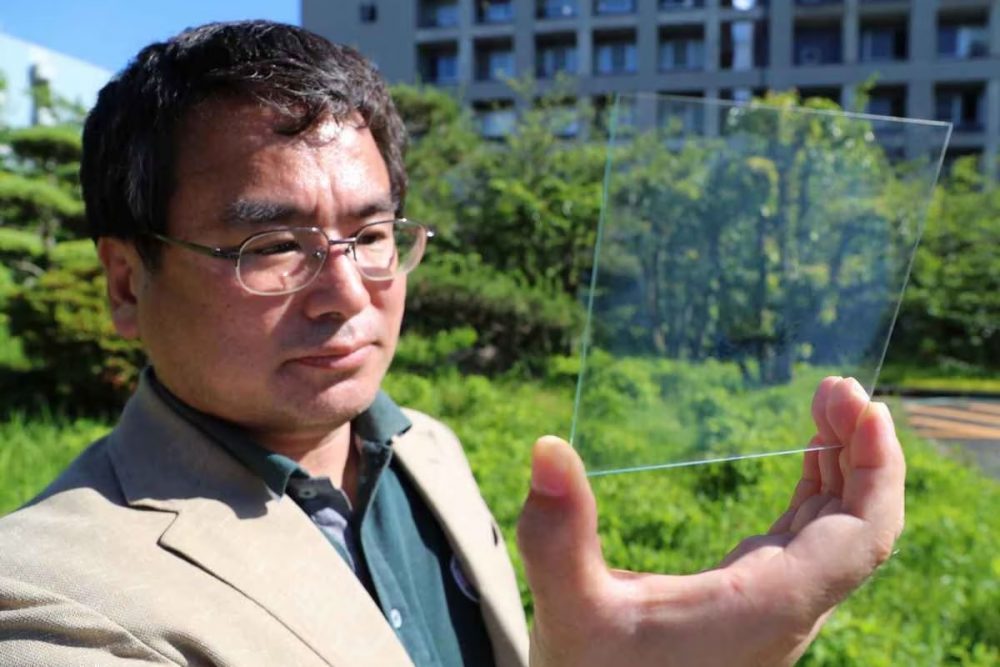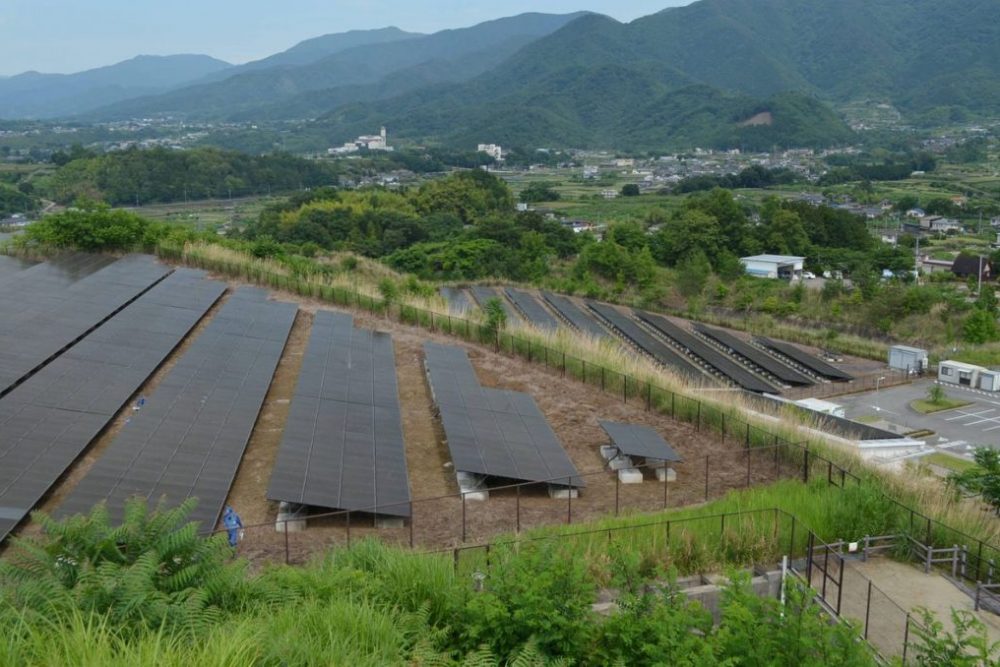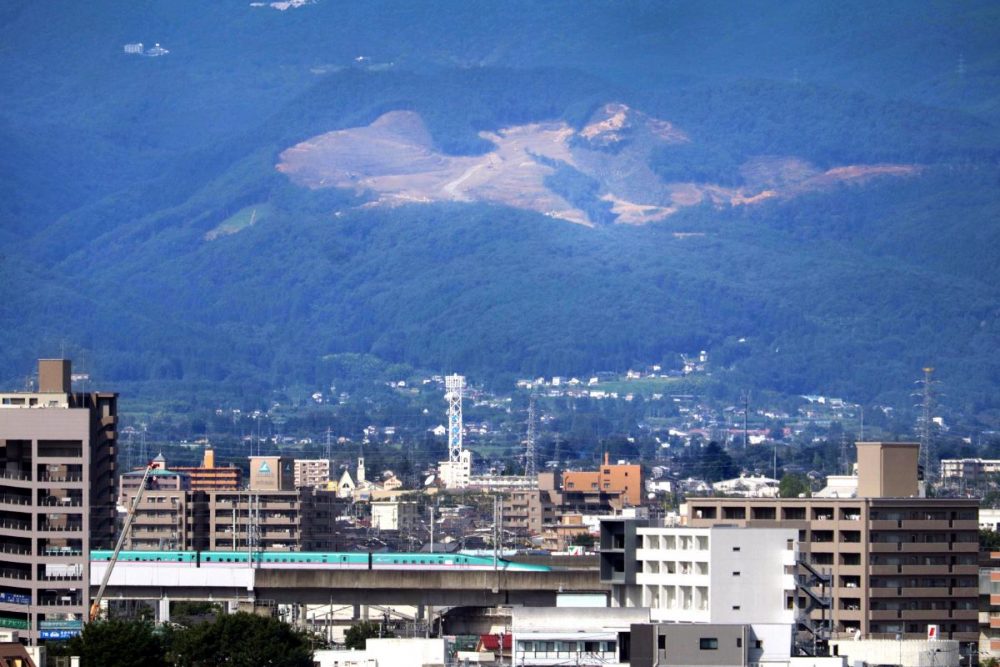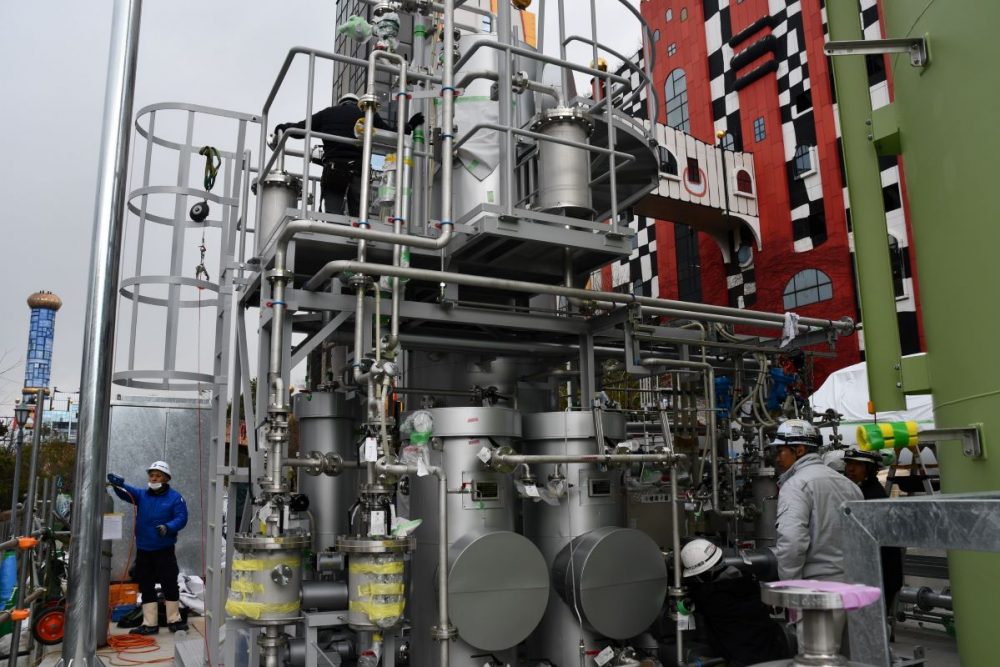Biogas from Food Waste at the Osaka Expo Earmarked for Use in LNG Substitute
Osaka Gas aims to demonstrate its methanation technology at the Expo, converting gas from food waste and hydrogen from renewable energy into synthetic methane.
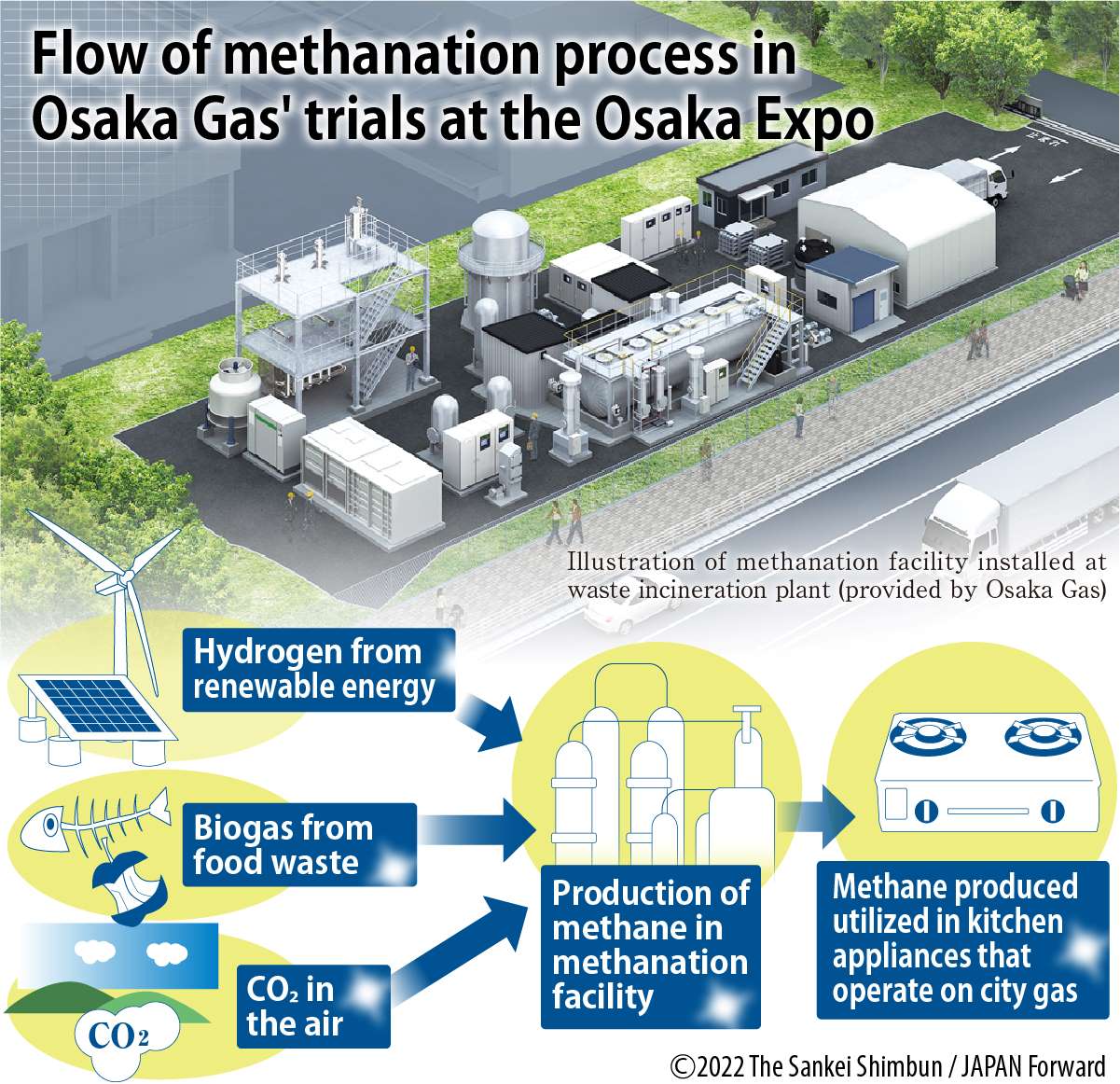
このページを 日本語 で読む
A leading energy company is developing 'methanation' technology to synthesize methane, the main raw material for city gas, from carbon dioxide (CO2) and hydrogen. Aiming to have the technology ready for practical use by 2030, Osaka Gas plans to test it at the Osaka Expo in 2025. The plan is to utilise synthesized methane gas from food waste generated at the 2025 Osaka-Kansai Expo for food preparation.
The technology is attracting attention from the standpoint of decarbonization and usability in existing city gas infrastructure. But there are some challenges to be overcome before any full-scale adoption could take place.
Methane Synthesis from CO2
"CO2 released into the atmosphere is captured and recycled as a raw material for methanation. This is an economically rational solution to achieve carbon neutrality (net zero CO2 emissions)," explains an Osaka Gas representative.
About 90% of natural gas, the raw material for city gas, is methane. It is possible to replace natural gas with synthetic methane. The advantage of such technology is that infrastructure such as liquefied natural gas (LNG) carriers, storage tanks, and city gas pipelines can be used without modification. The same holds true for equipment such as gas stoves in homes and restaurants.
In order to achieve the government's goal of becoming carbon neutral by 2050, technologies that can recycle CO2 to produce gas or plastics are regarded as indispensable.

Image of green hydrogen production equipment by Osaka Gas and an Australian venture company
One such technology, methanation, is considered to result in net zero CO2 emissions because the CO2 used to produce methane offsets the CO2 emitted when used as city gas. CO2 emissions are regarded as virtually zero. Although not yet put to practical use, the basic technology has been established.
For this reason, the gas industry is accelerating the development of methanation technology. In March 2022, Tokyo Gas started operation of a small-scale methanation facility built by Hitachi Zosen in Tsurumi Ward of Yokohama.
With a production capacity of 12.5 cubic meters per hour, the facility produces synthetic methane by mixing fossil fuel-derived 'gray hydrogen' with CO2.
The company will install water electrolysis equipment and solar panels to produce hydrogen by the end of fiscal year 2022. It will then switch from externally procured gray hydrogen to 'green hydrogen' produced onsite using solar-power generated electricity.
Tokyo Gas aims to replace 1% of its total sales volume with synthetic methane by 2030. The test facility will aim to identify issues in commercial application of the technology. The company is also considering taking on the CO2 emissions of its customers, as well as from Yokohama's municipal sewage treatment and incineration plants.
Using at the Expo's Eateries
Meanwhile, Osaka Gas is focusing efforts on 'biomethanation' technology that uses microorganisms to synthesize methane. The development of this technology has just begun, but its advantage lies in the fact that it can use existing sewage treatment plants, thereby reducing initial introduction costs.
From 2022 to 2024, a demonstration project will be conducted at the Maishima waste incineration plant in Osaka. Methane made from renewable energy-derived hydrogen produced at the plant and biogas from food waste will be used in the plant's gas appliances.
The project plans to use discarded food waste from nine supermarkets in the city, and synthesize a volume of methane equivalent to the amount used by about 120 average households from one ton of food waste per day. An annual 78 ton reduction in CO2 emissions is estimated.
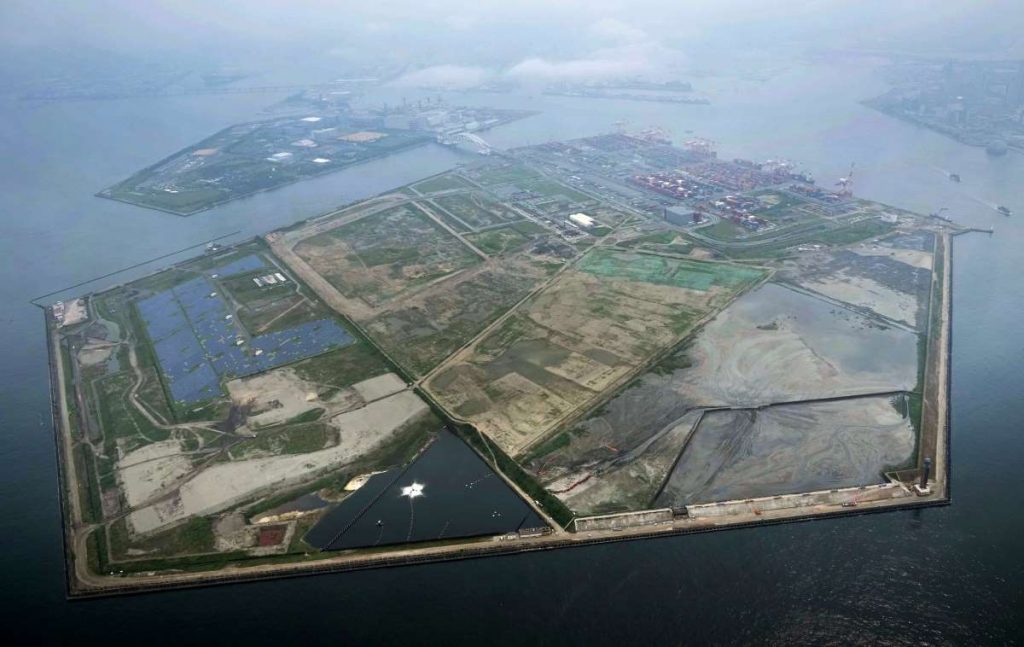
"We hope that the Expo will help promote methanation and give momentum to its commercialization," says Osaka Gas' spokesperson. Following a series of trials, the demonstration facilities will be moved to Yumeshima, the Expo's venue, for the duration of the Expo.
Methane will be produced from the renewable energy-derived hydrogen produced onsite and biogas derived from food waste generated at the Expo. The methane will then be used in the kitchen facilities of onsite eateries.
The company is also considering increasing the amount of methane produced by using CO2 recovered from the air at the venue.
Toward its goal of to reach 90% synthetic methane use by 2050, Osaka Gas will work with the National Institute of Advanced Industrial Science and Technology (AIST) to develop methanation technology with greatly improved energy efficiency.
Higher Price Tag Than City Gas
As the market for CO2 utilization is predicted to expand, competition for commercial applications of technologies is expected to intensify.
According to estimates by Fuji Keizai, a market research company, the global market will grow from 4.856 trillion yen in 2019 to 5.6 trillion yen in 2030, an increase of 17.2%. According to the company, the market will attract increasing attention based on the demand for massive CO2 emissions reduction, driving development of technologies.
Meanwhile, cost is an issue for green hydrogen, which is essential for large-scale methane synthesis. Osaka Gas' spokesperson explains, "It would be good if renewable energy became cheaper domestically, but at present, it is much cheaper overseas where solar power generation is large scale. We assume that methane will be produced overseas and brought to Japan using transport vessels, much like LNG.
"As it stands, methane produced in Japan would be more expensive than city gas, so it is necessary to improve the energy efficiency of production. It's also important to find suitable locations for methanation, where renewable energy is cheap and CO2 is available," the spokesperson adds.
According to Takeo Kikkawa, Vice President and Professor at the Graduate School of International Management of the International University of Japan, the production cost of synthetic methane is about eight times that of LNG.
In its 'Green Growth Strategy' on decarbonization, the Japanese government indicated policy to reduce the production costs of methane to the same level as LNG by 2050. Strategies include the development of innovative technologies, including more efficient methanation, and the establishment of inexpensive overseas supply chains.
Professor Kikkawa points out, "In May, the government announced its policy to invest 20 trillion yen over the next 10 years to realize a decarbonized society. The development of offshore wind power is one of the main features of the plan, but the key point is whether or not methanation will be included. If a mechanism to compensate for the price difference with LNG is introduced, it will give momentum to technology development. But without support, it will be difficult."
このページを 日本語 で読む






